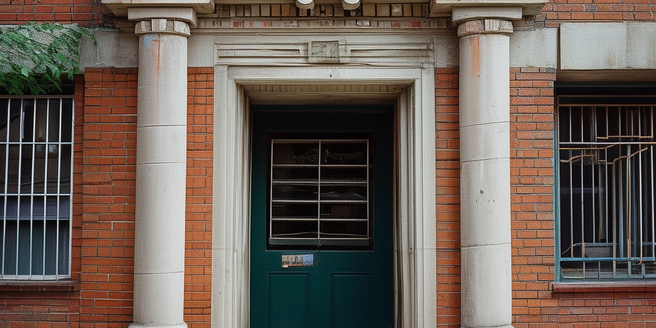Overview of Section 8 Housing Assistance
Section 8 Housing Assistance, formally known as the Housing Choice Voucher Program, is a federal initiative providing rental assistance to low-income families, elderly, and disabled individuals. The program aims to ensure that recipients have safe and sanitary housing. Recipients are able to choose their own housing, thus promoting greater flexibility and integration within communities. Participants in the program often find that this choice enhances their overall quality of life. The subsidy is paid directly to the landlord, with the tenant paying the difference between the actual rent and the amount subsidized. Eligibility generally depends on the family’s total annual gross income and is limited to U.S. citizens and certain categories of non-citizens with eligible immigration status.
Overview of Public Housing Programs
Public housing programs are government-funded initiatives that offer affordable apartments for low-income families, the elderly, and the disabled. Managed by local Public Housing Agencies (PHAs), these programs provide residents with units in publicly-owned and operated housing developments. Rents are typically set at 30% of a family’s adjusted monthly income, making it a feasible option for those who meet the income requirements.
The goal of public housing programs is to ensure that everyone, regardless of their financial situation, has access to safe and stable housing. Local PHAs play a crucial role in administering these programs, from determining eligibility to managing the day-to-day operations of the housing developments. Public housing developments often come with various services and resources aimed at enhancing the quality of life for residents. These might include community centers, employment assistance programs, and educational opportunities for children and adults. By providing more than just a place to live, public housing programs strive to create supportive communities that encourage personal and economic growth.
In essence, public housing programs serve as a safety net, ensuring that vulnerable populations have access to necessary housing and support services.
Application Processes for Section 8 and Public Housing
Applying for Section 8 housing involves submitting an application to the local Public Housing Agency (PHA), which then places the applicant on a waiting list. The wait can be lengthy due to high demand, often taking several months to several years. During this waiting period, applicants must keep their information up to date to ensure they maintain their spot on the list. Public housing applications are also submitted to local PHAs, but the process includes an interview and verification of income and family size. This interview is conducted to assess the applicant’s housing needs and suitability for the program.
Public housing programs require applicants to provide thorough documentation, including proof of income, family size, citizenship status, and any other factors that may affect eligibility. Both Section 8 and public housing programs necessitate an eligibility confirmation process, where the information provided by the applicant is verified for accuracy and completeness. This process can include background checks and home visits to confirm living conditions. Given the comprehensive nature of these applications, it is essential for applicants to prepare all required documents carefully and respond promptly to any requests from the PHA to avoid delays.
Eligibility Criteria for Section 8 vs. Public Housing
Eligibility for Section 8 primarily depends on household income, which generally must be below 50% of the median income for the area. This program helps low-income families, the elderly, and the disabled afford decent and safe housing. In addition to income requirements, citizenship or eligible immigration status is also required to qualify for Section 8 benefits. Local public housing agencies manage the program and maintain waiting lists, which can be quite long.
Public housing eligibility is similarly based on income, but it also considers several other factors to ensure fair and adequate distribution of resources. Family size plays an important role in determining eligibility, as larger families may require more assistance to secure appropriate housing. Disability status is similarly taken into account, with additional provisions often available for those with special needs. Another consideration is sometimes criminal history, which may affect an individual’s eligibility for public housing. It’s important to note that the specific criteria for these programs often vary by location, as each area may have different regulations and priorities. Understanding these local variations is crucial for applicants seeking assistance.
Benefits and Limitations of Each Program
Section 8 offers significant flexibility since vouchers can be applied to a variety of privately-owned rental properties. This permits individuals and families to have greater mobility and choice in selecting where they want to live. However, the waiting lists for Section 8 are often very long, and receiving acceptance into the program is not guaranteed.
Public housing provides residents with fixed, affordable rent, making it an attractive option for those on tight budgets. Additionally, public housing often comes with community support services designed to assist residents in their daily living, enhancing the sense of community and support. Despite these benefits, public housing does not offer the same level of flexibility as Section 8 when it comes to choosing a place to live.
Both Section 8 and public housing programs confront similar challenges. They are plagued by resource limitations, making it difficult to expand or enhance services. Furthermore, high demand for both types of assistance means that many eligible individuals and families face long waits and uncertainty. While each program has its strengths and weaknesses, both are crucial in the effort to provide affordable housing solutions.



